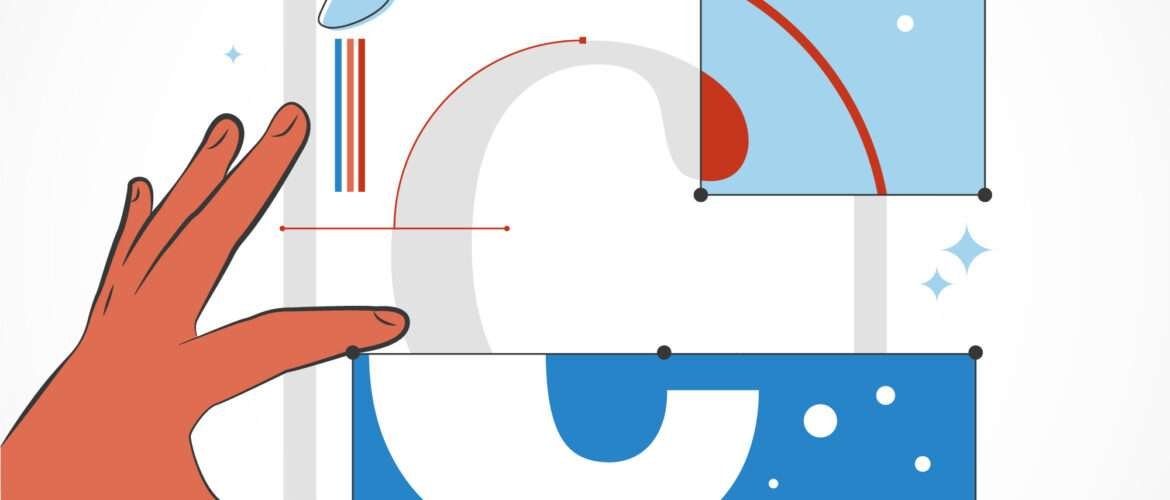
Transform Your Business with Proven...
October 19, 2024
Support Center +13072852678



In today’s fast growing technology world, many of the small businesses ask for assistance from graphic design companies to make their business stand out from others. To bring a unique change you must adopt minimalist designs. This approach not only captures attention with a clean look but also effectively communicates messages.
Let’s see how minimalist design can boost your branding and make a long- lasting impact.
Understanding The Minimalist Design
Minimalist designs pay attention to simplicity only. They focus on essentials. It shows limited color palettes, clean lines, and numerous white spaces. Additionally, it avoids unnecessary elements. This approach is not just visually attractive, it’s a great way to enhance communication and make your brand’s presence strong.
Key Elements of Minimalism
To effectively use minimalist design, it’s crucial to understand its primary components. These elements help create strong visuals with a “less is more” philosophy.
1. Negative Space:
The area surrounding the design elements are white and negative spaces. It defines focus points and creates contrast. For instance, the Apple logo effectively uses negative space to enhance recognition.
2. Simplicity:
At the heart of minimalism is simplicity. Reducing design elements to their basic form makes it easier to convey messages. The Google logo is a prime example of simple and instantly recognizable.
3. Balance:
Balance is about distributing elements, colours, and space evenly. This creates harmony and makes a design attractive to the eye. The New York Times website shows balance, even with its broad content.
Applying Minimalist Principles
Now that we’ve identified the basics, let’s discuss how to apply these minimalist principles in your designs, especially when working with graphic design companies near me.
1. Limit Colors:
In minimalist design, stick to a small color palette of two to three colors. This creates a visual balance. Facebook’s signature blue is an excellent example of a limited yet impactful palette.
2. Use Flat Design:
Flat design features simple, two-dimensional elements without gradients or textures. It emphasises usability and clarity, making it ideal for minimalist projects. Windows 8 showcases flat design effectively with its colorful live tiles.
3. Maximize White Space:
White space is not just empty; it enhances readability and focus. By maximizing it, you draw attention to key content. Google’s search page is a perfect example of clean and distraction-free, allowing users to focus easily.
Creating Minimalist Layouts
Creating minimalist layouts significantly enhances visual communication. Here’s how to do it through typography, imagery, and element isolation.
1. Focus on Typography:
Choose clean, legible fonts and limit yourself to two typefaces. Varying weights and sizes from the same font family can add interest without cluttering. The New York Times website exemplifies this with its simple and elegant typography.
2. Emphasize Imagery:
Images communicate quickly, making them essential in minimalist design. High-quality, relevant images enhance your design’s impact. Apple often uses striking product images on clean backgrounds, allowing the product to shine.
3. Isolate Elements:
Isolating elements guides the viewer’s focus. By arranging components thoughtfully, you ensure your message is clear. The Google logo isolates each letter in different colors against a white background, enhancing brand recognition.
Assessing Minimalist Designs
Once you are done creating a minimal design it is important to assess its effectiveness. Here we have mentioned how to evaluate user experience, visual attraction, and clarity.
1. Assess Visual Clarity:
Your design should communicate its message clearly. Step back and see if you understand it from a distance. For example, the Nike swoosh is simple yet instantly conveys motion.
2. Analyze User Experience:
Consider how your design affects the user. Is it easy to navigate? Does it enhance understanding? Airbnb’s website is an ideal example of user friendly and minimalist design that is natural and clear.
3. Measure Aesthetic Appeal:
Even minimalist designs should be visually appealing. They need to catch the eye and engage the viewer. The Beats by Dre logo is minimal yet bold, perfectly reflecting the brand’s identity.
Adapting Minimalism in Your Projects
Now that we’ve explored minimalist design, it’s time to apply these principles across various projects, including collaboration with top graphic design companies.
1. Web Design:
Minimalist rules are specifically effective in website design. A clear and user-friendly design is important. It is usually the mode of interaction with your brand. The homepage of Google is a classic example of a focused and cleaned website.
2. Logo Design:
A simple trademark can be impactful and unforgettable. It helps in captivating a brand’s importance while keeping the design simple. The Apple logo is a perfect example—iconic and straightforward.
3. Print Design:
Minimalism enhances print designs, too. A clear, concise layout effectively communicates your message. The famous “I Love New York” t-shirt design uses minimalism brilliantly, conveying love for the city with just a heart symbol.
Final Thoughts
The principles of minimalist graphic design serve as a guide to creating beautiful and effective designs. These principles help arrange elements in a way that communicates clearly and attracts attention. As you work with top graphic design companies or tackle projects on your own, remember: less is often more in visual communication. Adopting these principles can help your brand stand out and leave a lasting impression.
Leave A Comment